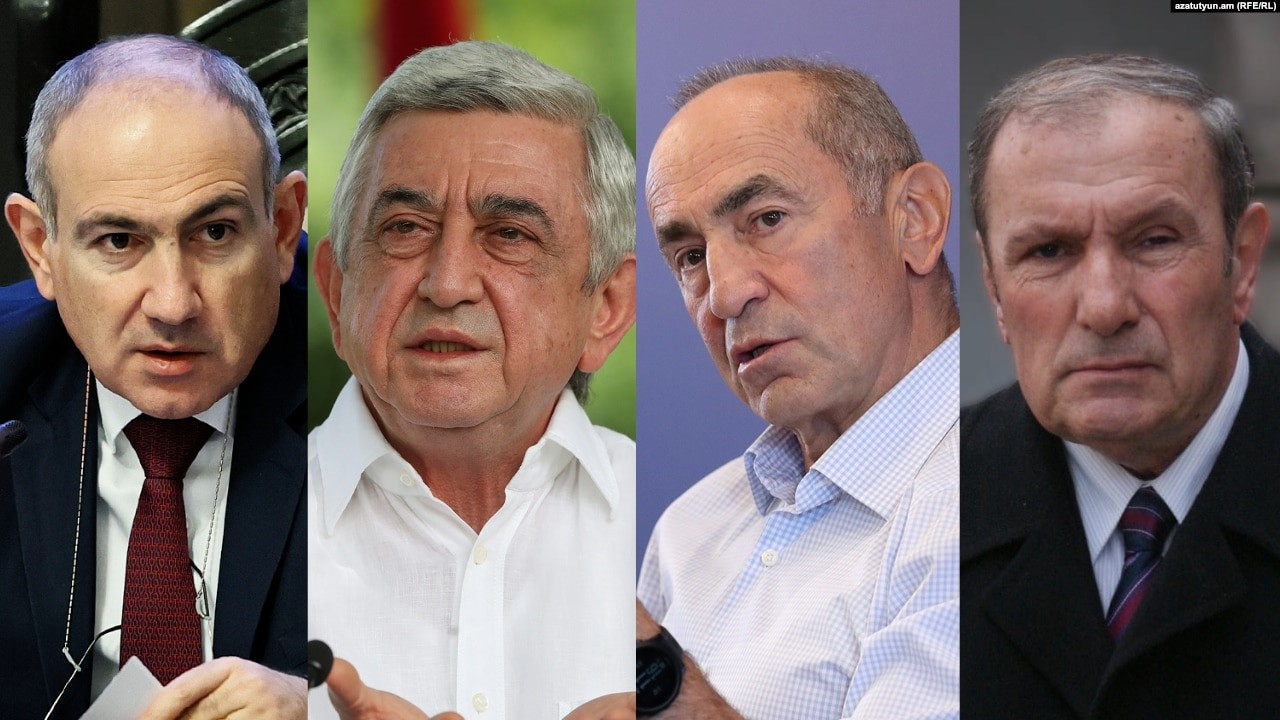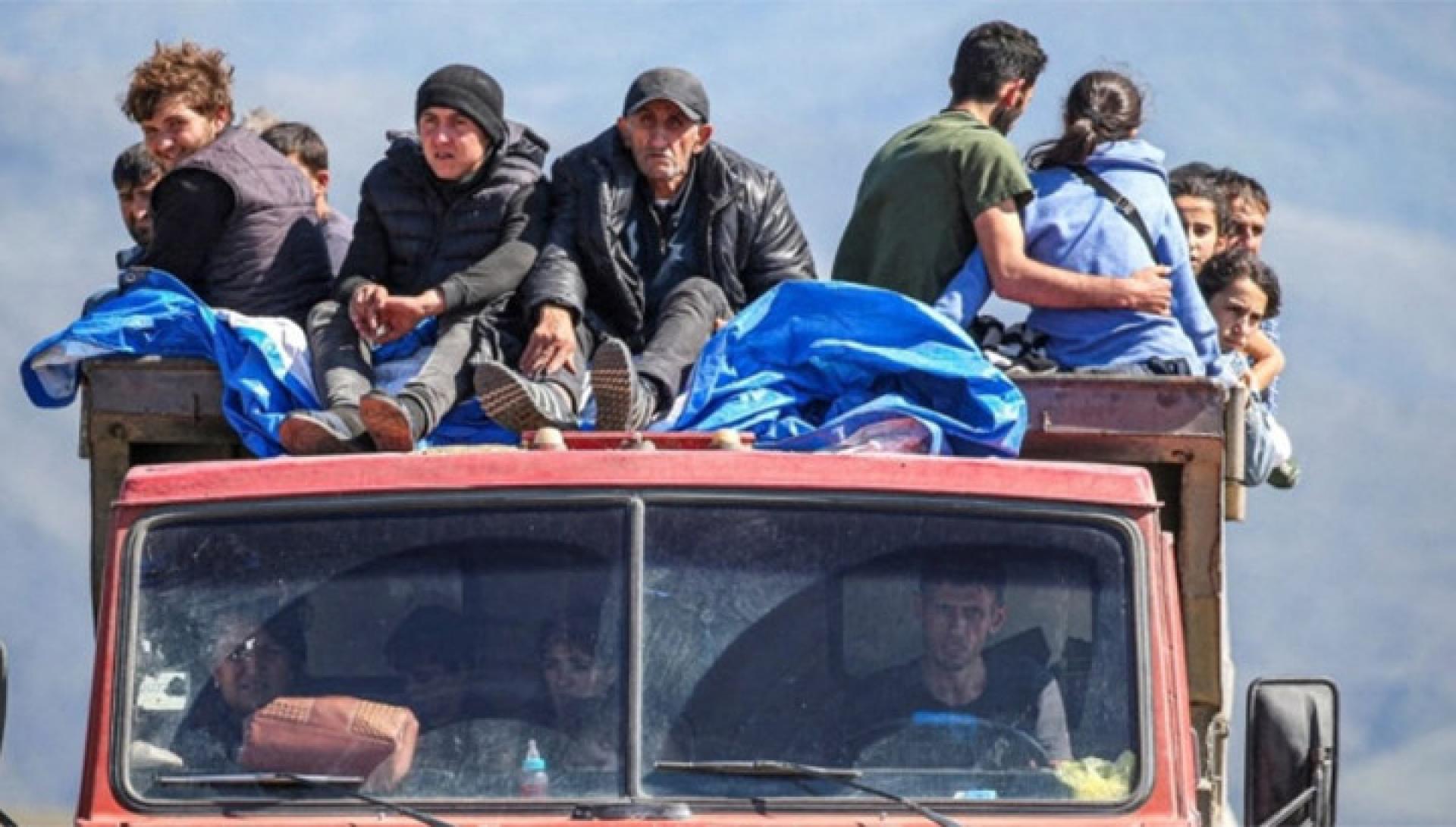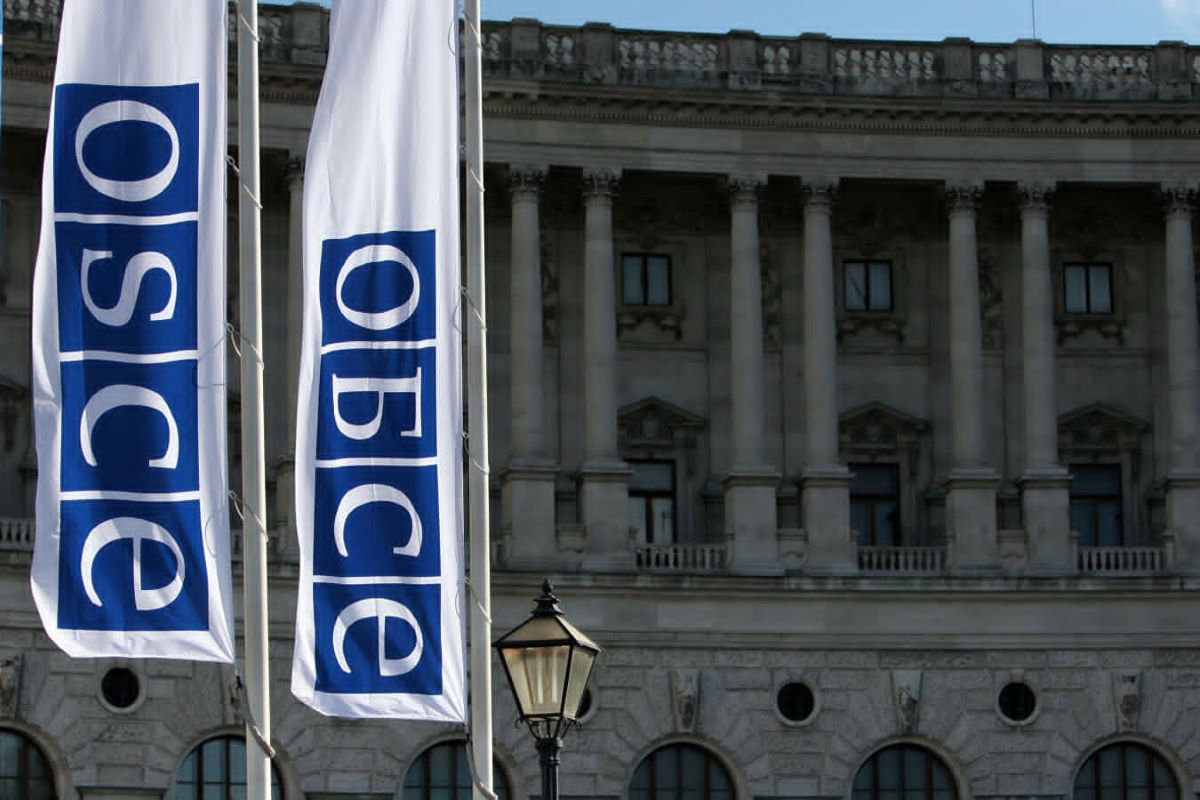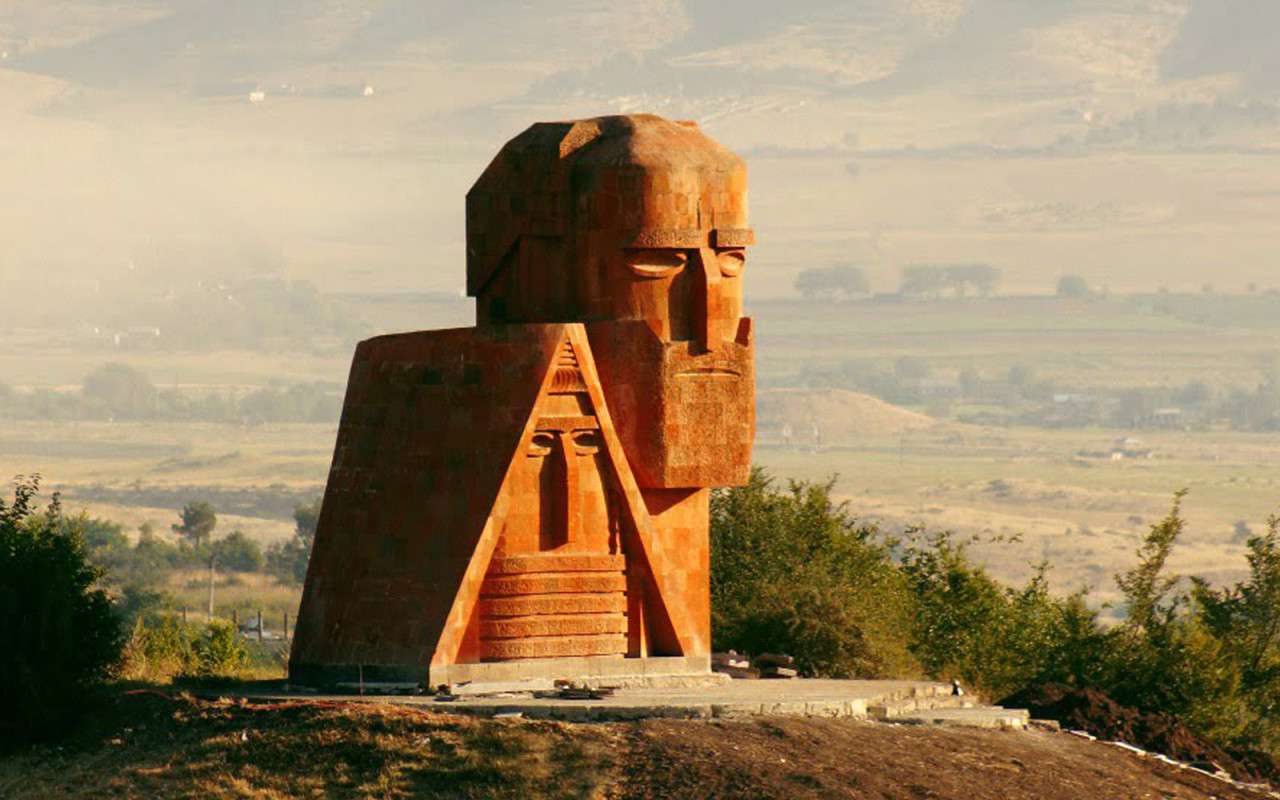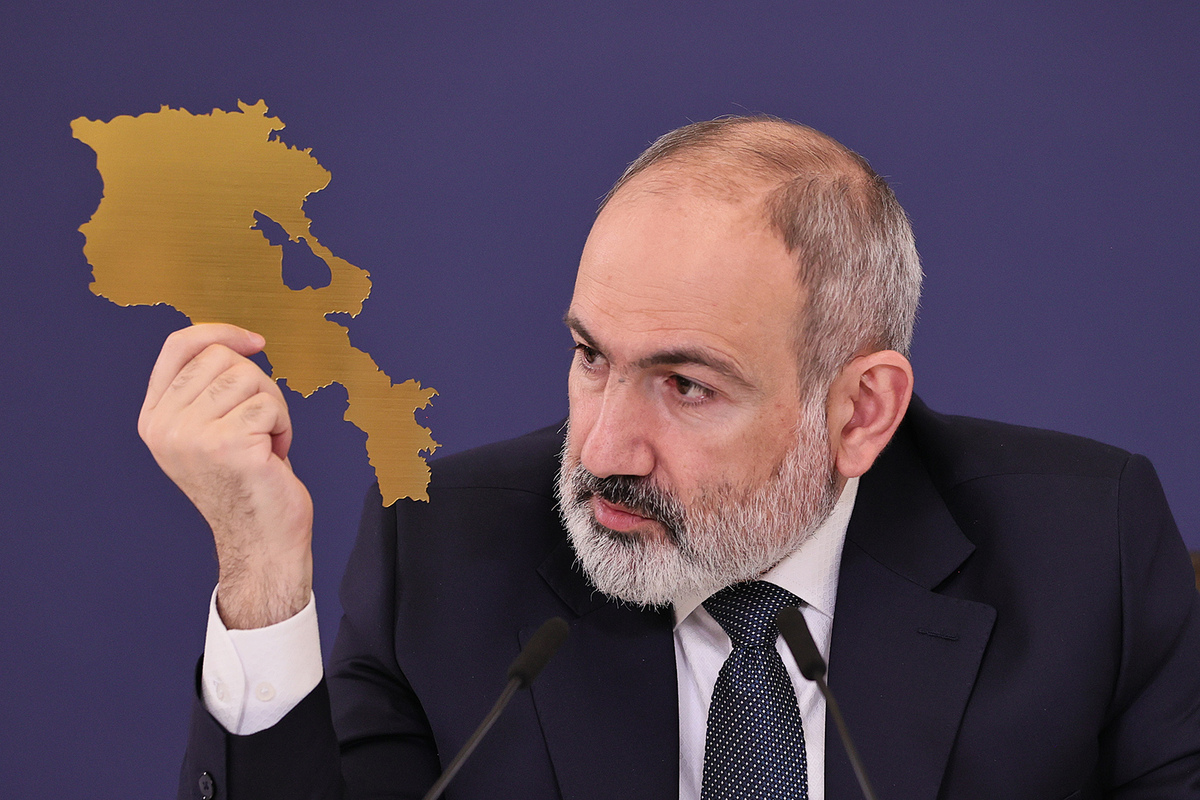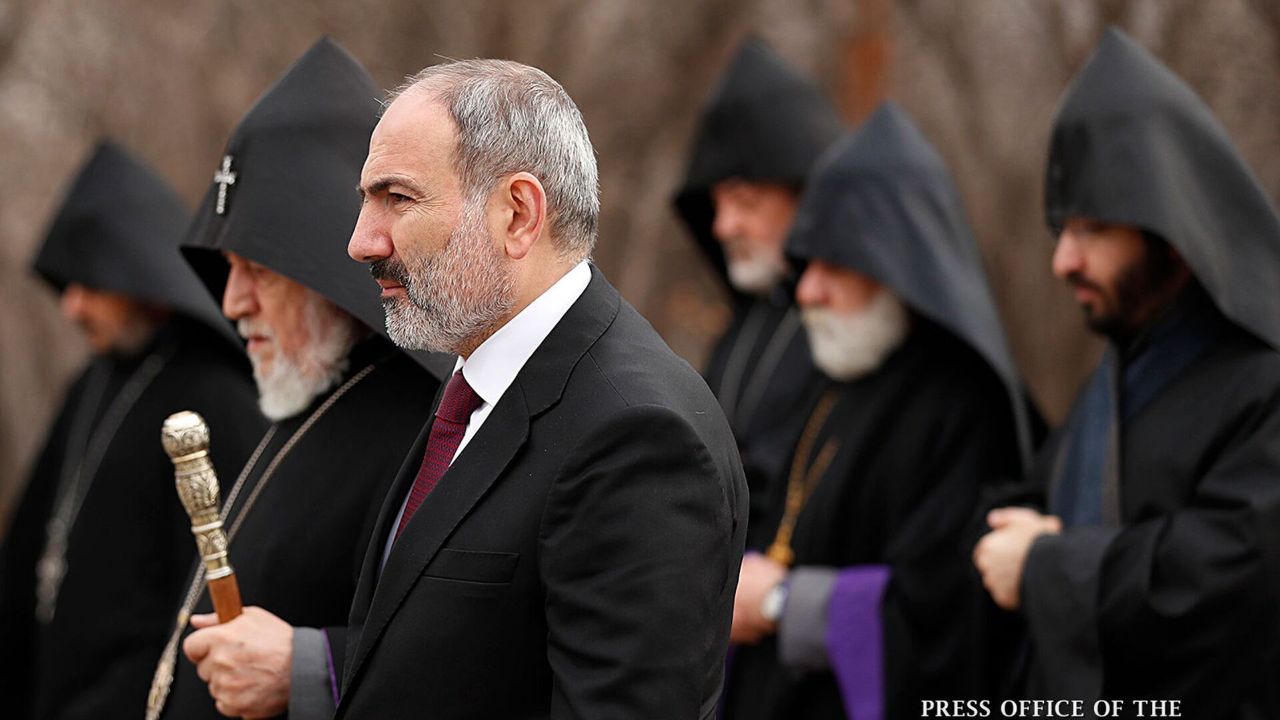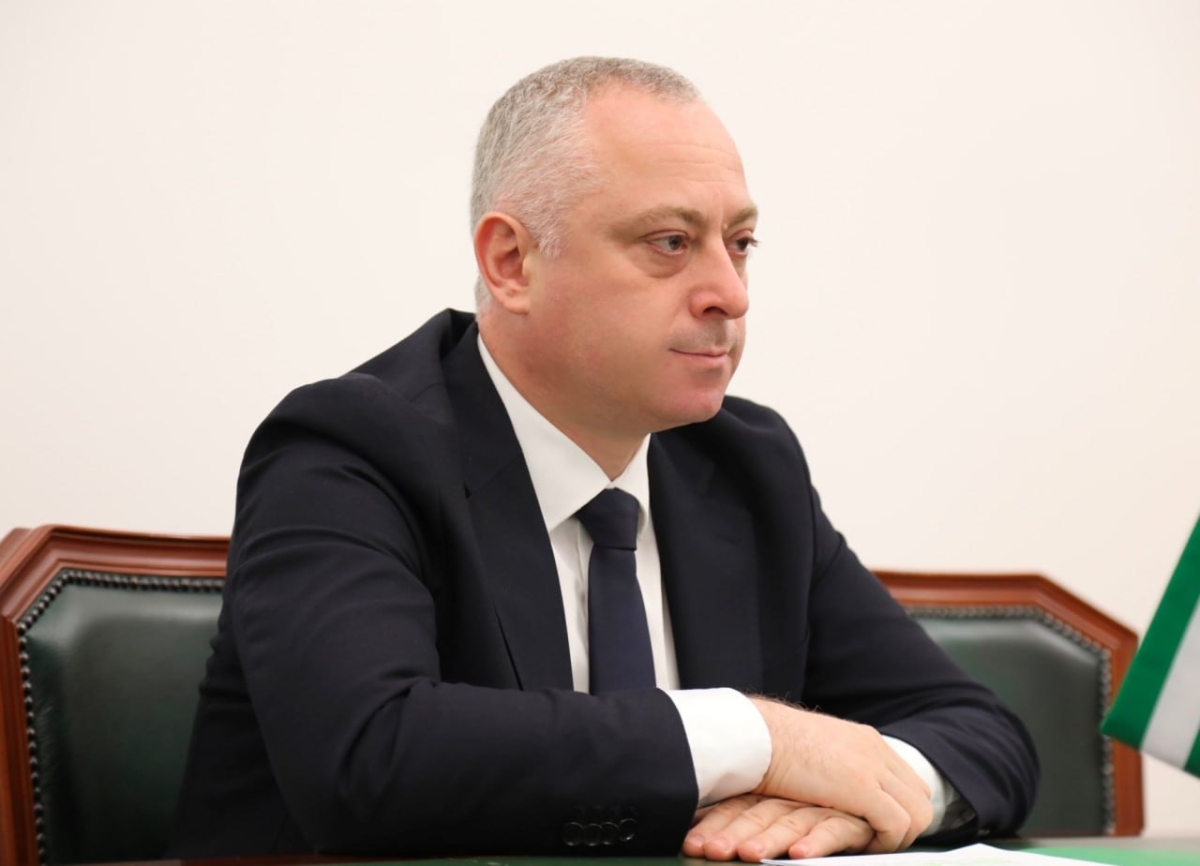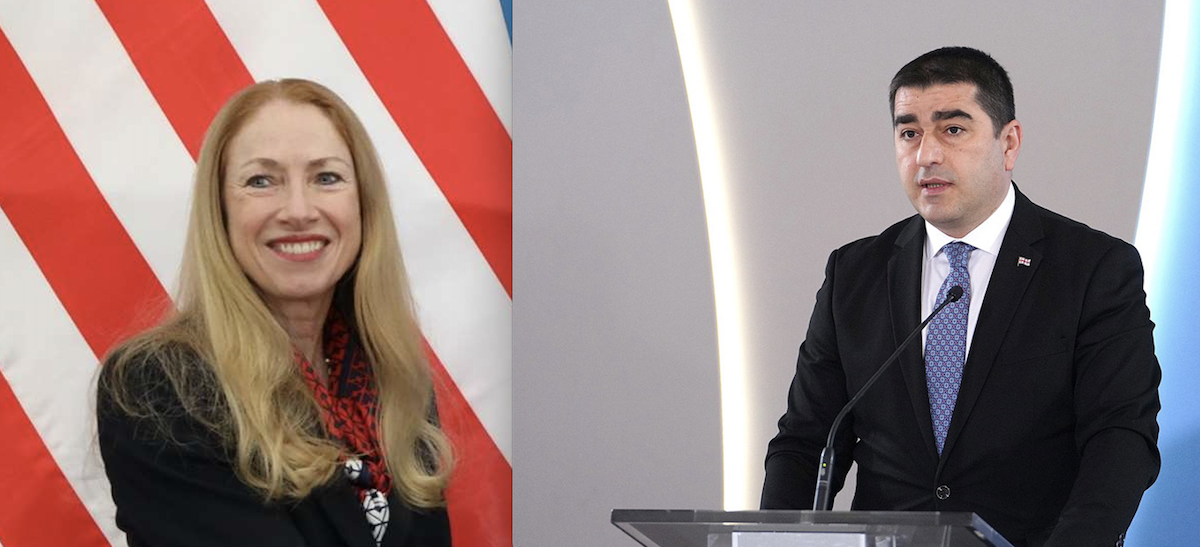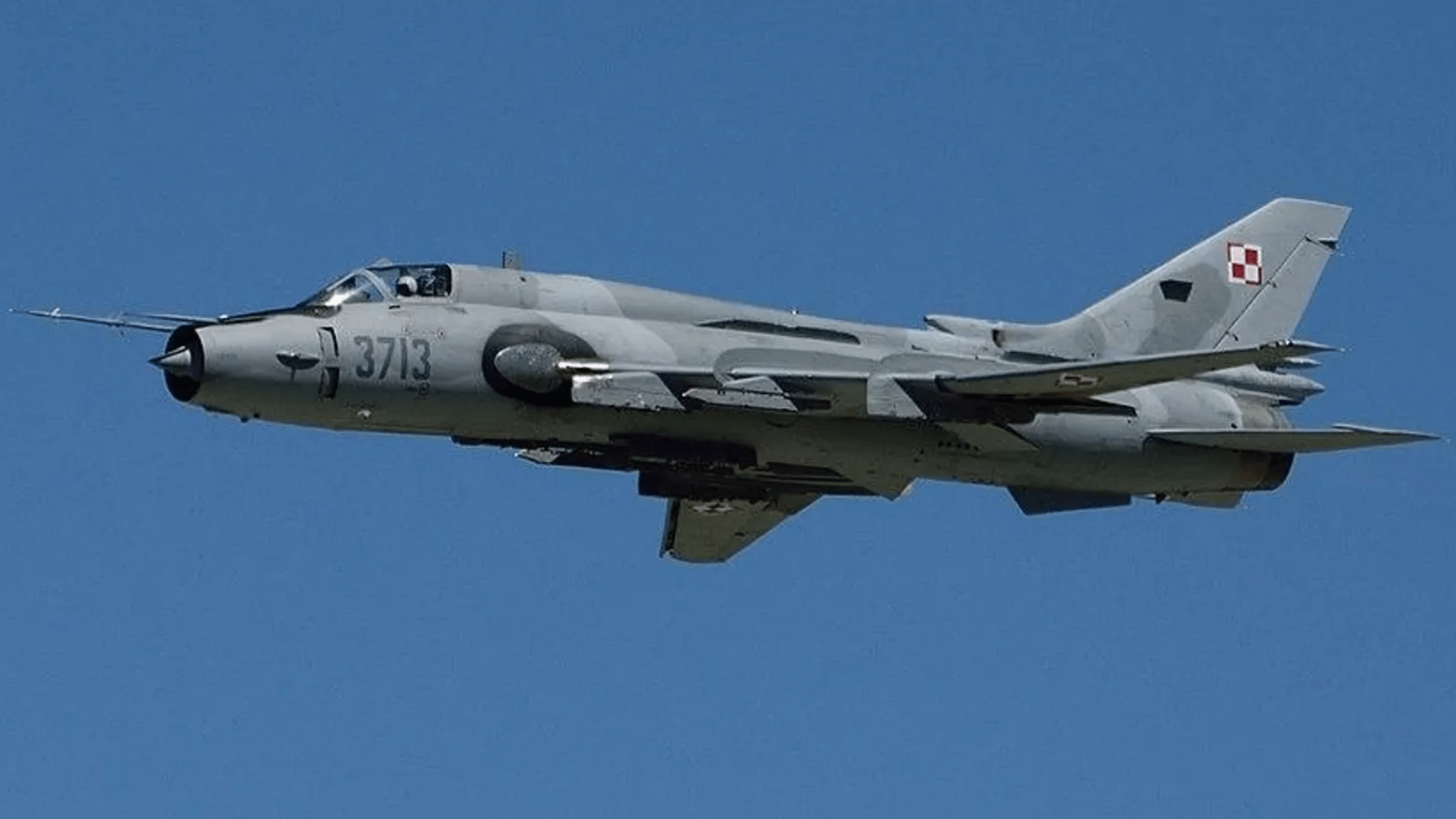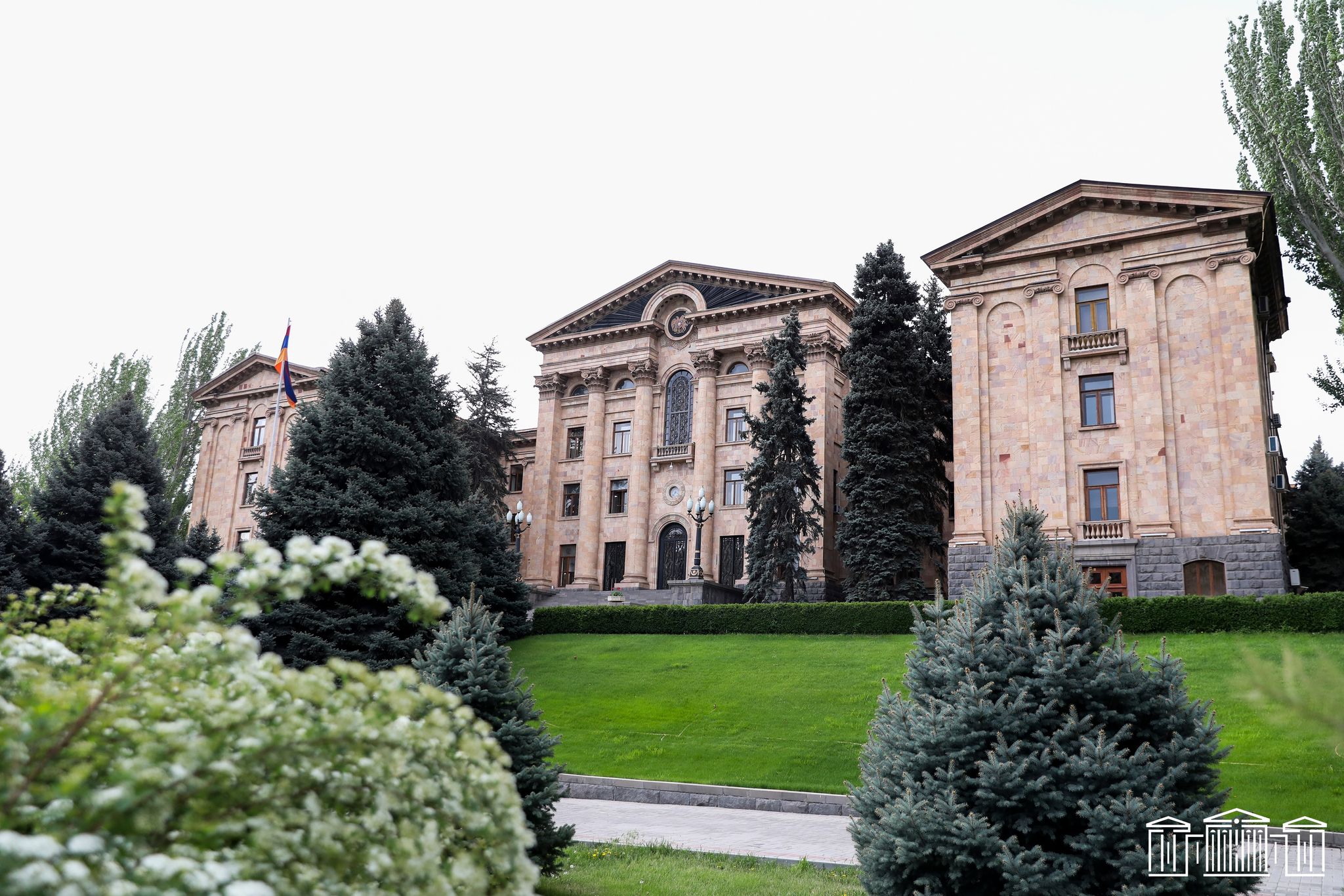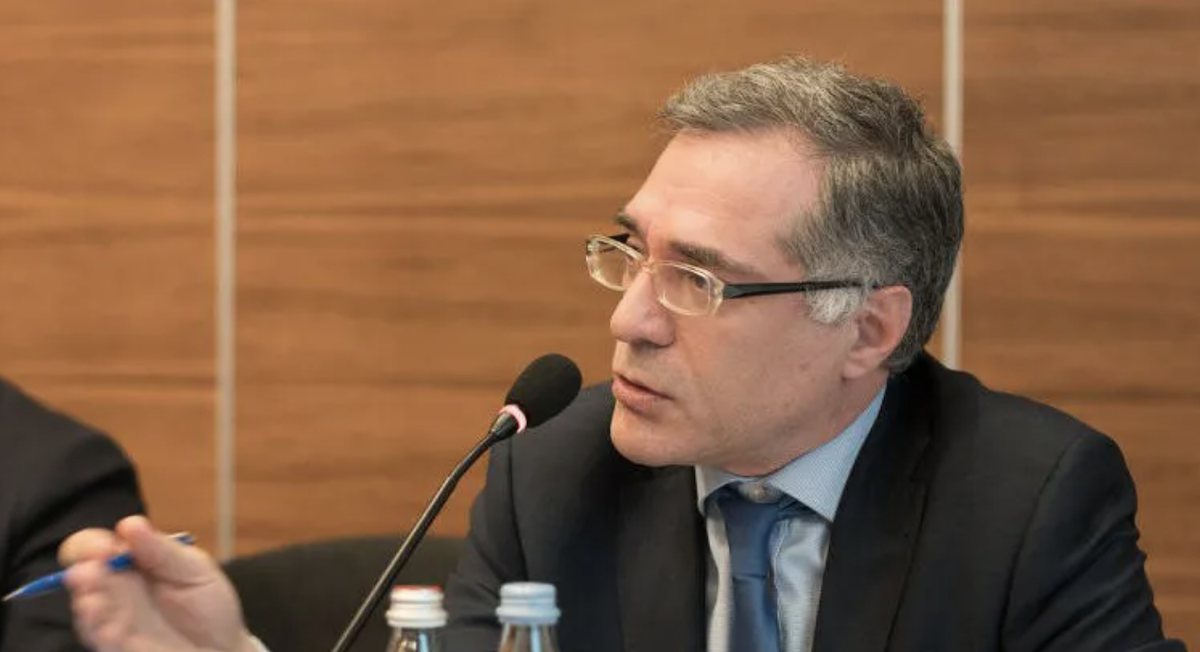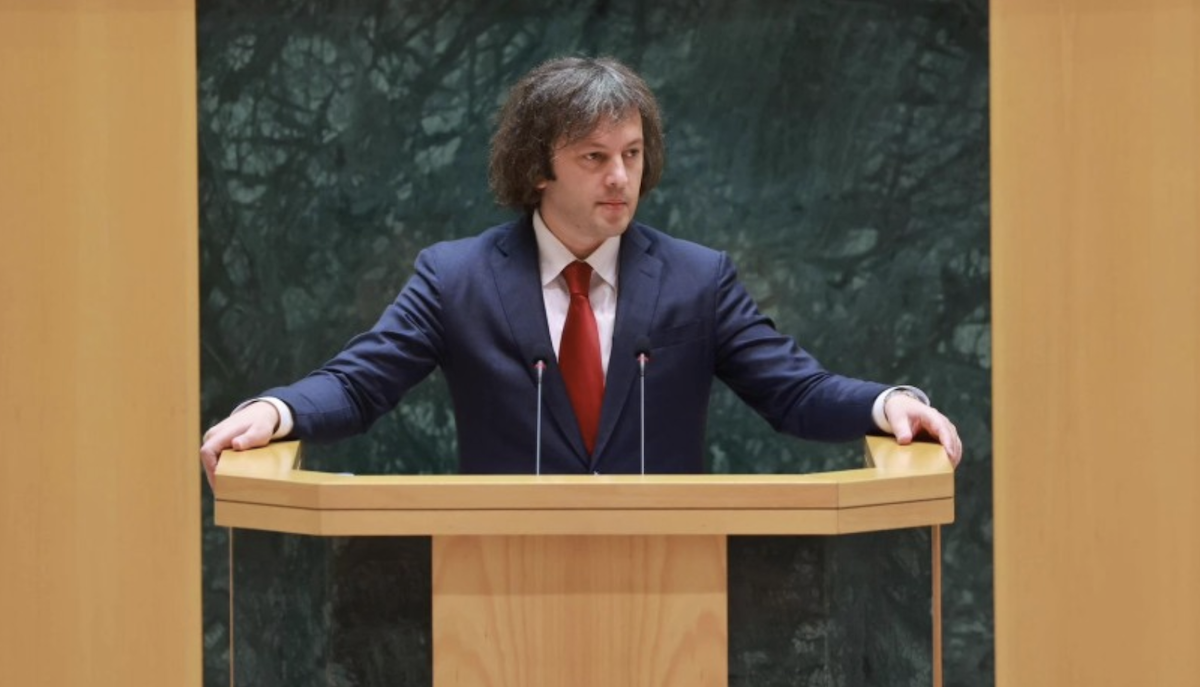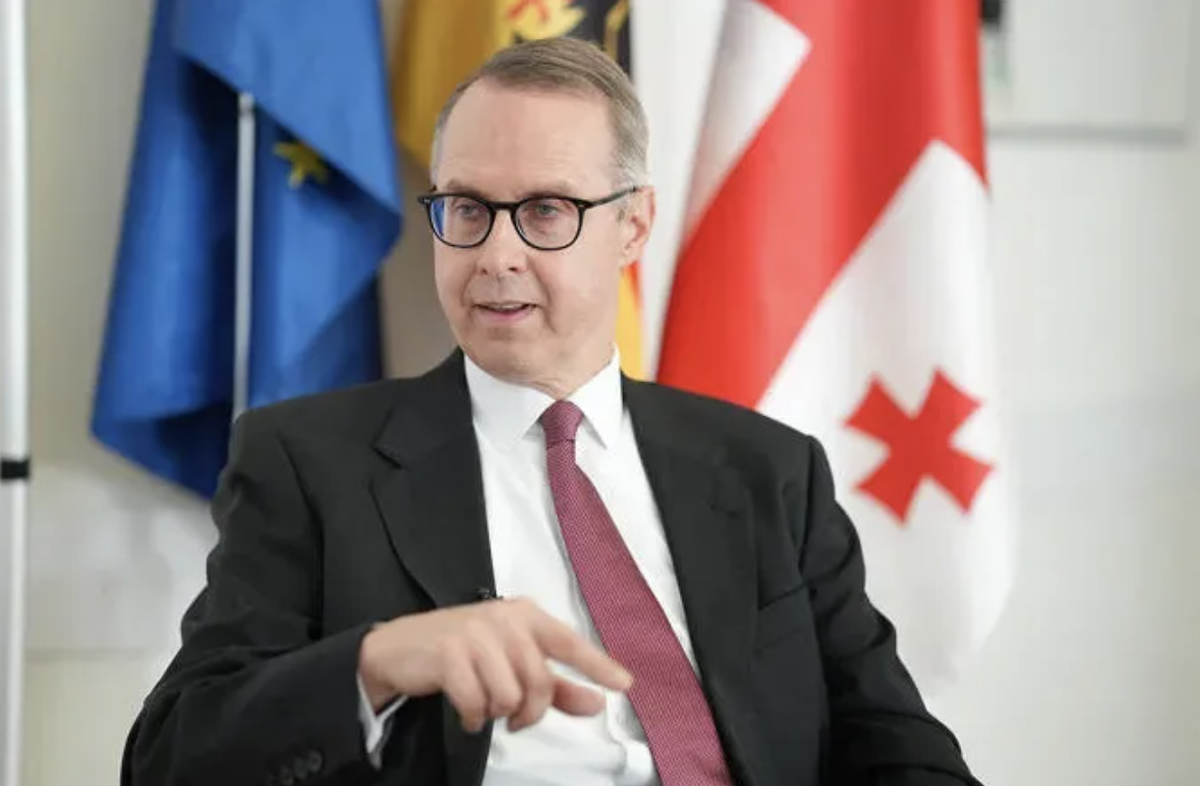American or Turkish proposal? Discussion on territorial exchange between Armenia and Azerbaijan in the 1990s
Meghri for Nagorno-Karabakh exchange
In Armenia, discussions continue over recently declassified U.S. State Department documents, first reported by Radio Azatutyun (Liberty). According to these materials, in the late 1990s, Armenian and Azerbaijani presidents Robert Kocharyan and Heydar Aliyev considered resolving the Karabakh conflict through a territorial exchange. The proposal involved incorporating Nagorno-Karabakh into Armenia, while Armenia would cede its southern Meghri region to Azerbaijan, thereby providing a land connection between Azerbaijan and its exclave, Nakhichevan.
However, this exchange never took place.
The declassified documents suggest that after the 1999 terrorist attack in Armenia’s parliament, Kocharyan told mediators about internal instability and the need to maintain Armenia’s border with Iran. In January 2000, during negotiations with Aliyev in Davos, he introduced a new condition: Armenia would agree to cede Meghri if Turkey was willing to discuss the 1915-1916 Armenian Genocide. Aliyev refused to bring this issue to Ankara, which, according to analysts, was precisely Kocharyan’s intention.
Kocharyan later explained the situation to Russian Deputy Foreign Minister Grigory Berdennikov, stating that he could have pushed the deal forward if National Assembly Speaker Karen Demirchyan and Prime Minister Vazgen Sargsyan—both killed in the 1999 parliament attack—had been alive. He argued that without them, it was impossible, as criticism of the deal was mounting both from the political right and among supporters of former President Levon Ter-Petrosyan.
Both politicians and analysts are actively commenting on the declassified documents and the proposed Armenia-Azerbaijan territorial exchange.
Aram Sargsyan, leader of the Republic Party, called Kocharyan’s actions “a criminal offense,” arguing that, as per the constitution, he was responsible for Armenia’s territorial integrity and that Meghri was sovereign Armenian land.
“When Armenia was offered to exchange Meghri for Karabakh, he shouldn’t have been pleased, thinking Azerbaijan was recognizing Karabakh’s independence. He should have responded: ‘What does Armenia have to do with Azerbaijan?’ This issue should have been shut down immediately to prevent it from becoming a subject of speculation to this day,” Sargsyan emphasized.
Further discussions continue regarding the declassified documents, with politicians and analysts weighing in on their implications.
- “Former Armenian Karabakh leaders imprisoned in Baku given psychotropics” – key points from Pashinyan’s interview
- ‘Dictatorship can’t deliver justice’: Former Karabakh officials on trial in Baku
- Human rights report accuses Azerbaijan of “ethnic cleansing in Nagorno-Karabakh”
“Territorial exchange won’t solve the problem, it will only complicate it further”
The idea of a territorial exchange was first publicly introduced by former U.S. State Department official Paul Goble in 1992. As a result, the exchange proposal became known as the Goble Plan, though it is unclear whether he was its original author.
According to declassified documents, such a possibility had been discussed even earlier. In the early 1990s, Turkish President Turgut Özal proposed the idea to the U.S. president, but the administration of George H.W. Bush showed little enthusiasm for it.
Ankara later raised the issue again during Bill Clinton’s presidency. In 1997, Turkish Deputy Foreign Minister Onur Oymen called U.S. Deputy Secretary of State Strobe Talbott and once more suggested resolving the Karabakh conflict through a “border change.”
Oymen stated that Turkey had already discussed the matter with Russian officials and asked about Washington’s position. Talbott responded that such a settlement could distract the conflicting parties from the proposals of the OSCE Minsk Group, which was mediating the conflict. Moreover, he warned that territorial exchange would not resolve the issue but rather complicate it further:
“Experience in various parts of the world shows that altering borders is like opening Pandora’s box. In the case of Karabakh, at best, it would lead to a deadlock, and at worst—to violence.”
However, Talbott added that if Azerbaijanis and Armenians decided to pursue this solution through negotiations and without the use of force, the OSCE Minsk Group and the United States would support it
The OSCE Minsk Group was established in 1992 as a coalition of OSCE member states leading the peace process and mediating negotiations on the Karabakh conflict until the 2020 war. Its members included Germany, Italy, Finland, Sweden, Belarus, Turkey, Armenia, and Azerbaijan, with Russia, the United States, and France serving as co-chairs.
“Nagorno-Karabakh fully supported the deal”
According to declassified U.S. State Department documents, mediators also informed the Nagorno-Karabakh authorities about the territorial exchange proposal. In December 1999, at the request of Azerbaijani President Heydar Aliyev, the OSCE Minsk Group visited the region to determine whether the Karabakh side agreed to this settlement. At the time, U.S. Minsk Group co-chair Carey Cavanaugh reported to his superiors in Washington:
“Arkadi Ghukasyan [president of the unrecognized NKR] confirmed that he fully supports the Kocharyan-Aliyev deal. And I promised to convey this to the president of Azerbaijan.”
According to diplomatic cables, during the same period, mediators also engaged with international donors. Discussions focused on the reconstruction of territories and the resettlement of people after the agreement’s signing. The French co-chair even inquired about the optimal timing for World Bank representatives to visit the region and assess its needs. Arkadi Ghukasyan responded that the sooner, the better. Moreover, he pledged to keep this information confidential.
“He [Ghukasyan] emphasized the need for complete confidentiality, which he considered crucial for achieving a successful outcome. He concluded by stressing that the status quo in Nagorno-Karabakh could not last forever, and that peace and development were necessary,” Cavanaugh reported to Washington.
“The option of territorial exchange was never discussed” — Robert Kocharyan
Both during his presidency in the 2000s and after leaving office, Robert Kocharyan consistently maintained that the OSCE Minsk Group never proposed discussing a territorial exchange. He has not disclosed details of his direct, mediator-free discussions with Heydar Aliyev.
Commenting on the idea of an exchange, he emphasized that he categorically rejected it from the outset:
“The discussion was only about communication routes. The option of territorial exchange was never considered. For instance, the question was raised: is a territorial exchange acceptable? I said no, because that would mean losing our strategic border with Iran. That’s all. I do not trade land for Armenian territories,” he stated in an interview with Armenian television in February 2008.
“Meghri was not up for exchange” — Levon Kocharyan
Former Armenian President Robert Kocharyan’s son, Levon Kocharyan, who is now an MP from the opposition Hayastan (Armenia) faction, also responded to Radio Azatutyun’s publication. In a Facebook post, he listed an eight-point rebuttal:
- Heydar Aliyev agreed to the incorporation of Artsakh into Armenia in exchange for Meghri.
- The Armenian side did not agree to exchange Meghri for Artsakh.
- Thanks to brilliant Armenian diplomacy, an alternative settlement proposal emerged, offering Azerbaijan only a land road (a viaduct) through Meghri.
- Artsakh was supposed to become an internationally recognized part of Armenia, along with the Lachin Corridor.
- Despite the initial agreement, Azerbaijan ultimately withdrew from this option.
- Today, after losing Artsakh, Nikol Pashinyan is negotiating to grant Azerbaijan a road through Meghri—without receiving anything in return.
- Under Pashinyan’s rule, Armenia lost Artsakh, Azerbaijan occupied Armenian territory—a larger area than Meghri—and has no intention of returning it.
- It is at the very least strange and dishonest to declassify the preliminary discussions of some officials while failing to release the actual document [the Key West proposal], which clearly states that Meghri was not to be exchanged.
“These are the facts. The noise generated by the authorities and others around this issue is merely an attempt to mislead the public once again—before making yet another unilateral concession,” he concluded.
“Lying through his son” — Aram Sargsyan
The leader of the Republic party, Aram Sargsyan, also commented on the declassified documents and the ongoing debate surrounding them. He accused Robert Kocharyan of delivering his message through his son, but providing him with false information.
Sargsyan confirmed that the Meghri exchange was indeed discussed. Moreover, according to media reports, international partners had promised $6 billion to Armenia and $8 billion to Azerbaijan for implementing the deal. He claimed that his brother, then-Armenian Prime Minister Vazgen Sargsyan, and Parliament Speaker Karen Demirchyan were not given full details about the program but were both opposed to it.
The politician stated that Robert Kocharyan once tried to convince him that his brother, who was killed in the parliament attack, had supported the territorial exchange plan. However, after reading his brother’s final notes written on the day of his death, he realized this was untrue:
“After that, Kocharyan fell silent. Because to continue would mean admitting that they were behind the October 27 massacre. It would mean that October 27 happened because of the Meghri corridor, which Demirchyan and Sargsyan opposed.”
2On October 27, 1999, an armed group stormed Armenia’s National Assembly and shot dead eight people, including the parliament speaker, two deputy speakers, the prime minister, three MPs, and a minister. The masterminds behind the attack remain unknown. Although Robert Kocharyan once claimed that “even an ordinary district officer” could solve the case, no official explanation has been given..
ram Sargsyan believes that the Armenian authorities negotiated the territorial exchange with real intent, rather than with the aim of later rejecting it, as they now claim. He emphasized that the terrorist attack in parliament disrupted the exchange deal:
“Anyone who signed that document after October 27 would not only be responsible for the territorial exchange but also for the massacre itself. That is why Kocharyan abandoned the deal.”
“There was no official proposal on Meghri” — Tatul Hakobyan
Journalist and analyst Tatul Hakobyan, known for his research on the Karabakh conflict, responded to Levon Kocharyan’s post. He stated that he fully or nearly fully agrees with 7 out of the 8 points Levon Kocharyan listed.
However, Hakobyan disagreed with the third point, which claimed that “Azerbaijan would only be granted a land road (a viaduct) through Meghri.” He emphasized that Armenia’s territory would have been reduced even further:
“I can show Mr. Kocharyan several documents—he can also obtain them from Armenia’s Foreign Ministry—proving that at the later stages of negotiations in 2001, Armenia made even greater concessions, agreeing to shrink its territory by another 8 meters (around 35 hectares). This concerned land along the banks of the Araks River.”
At the same time, Hakobyan assured that there was no official Meghri exchange proposal or a formal Key West agreement. Instead, various “draft versions” existed. According to a draft version from Key West, the plan did not involve just one corridor, but two:
- A sovereign passage through Meghri,
- A sovereign corridor from Fizuli or Aghdam to Shushi.
“This means that Azerbaijanis would also receive a corridor for direct access to Shushi, effectively bringing the city under their control,” Hakobyan claimed.
He believes that the full picture will only emerge if the other two OSCE Minsk Group co-chairs—Russia and France—also release their accounts of the negotiations.










